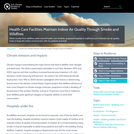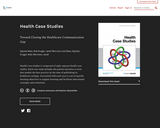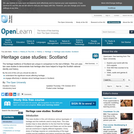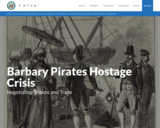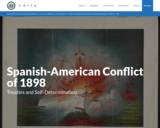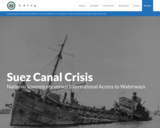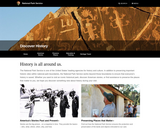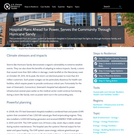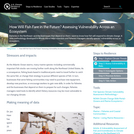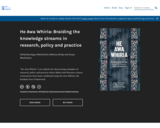
The concept of a braided river – he awa whiria – inspired the creation by pioneering educational researcher Professor Angus Macfarlane of a framework connecting Indigenous and Western perspectives.
The He Awa Whiria framework has been used in Aotearoa New Zealand to support bicultural partnership approaches to policy development, research initiatives and practices in a broad range of sectors, such as tertiary institutions, iwi locations, private corporations and government ministries. Through the 12 chapters in this book, the authors explain their rationale for adopting He Awa Whiria, and detail how they have operationalised it in their respective fields of expertise. They report on the positive impacts that the framework has had at each stage of their work – from the conceptual design stage (which includes thinking and planning activities), during the application phase (which includes implementation and monitoring), through to the conclusion of activities (which includes reflection and review).
Providing both an overview of the concept of He Awa Whiria and ‘real world’ case studies, this new volume illustrates the importance and value of drawing on two rich streams of knowledge – mātauranga Māori and Western science.
- Subject:
- Social Science
- Material Type:
- Case Study
- Reading
- Provider:
- CAUL Open Educational Resources Collective
- Author:
- Angus Macfarlane
- Melissa Derby
- Sonja Macfarlane
- Date Added:
- 10/29/2024

